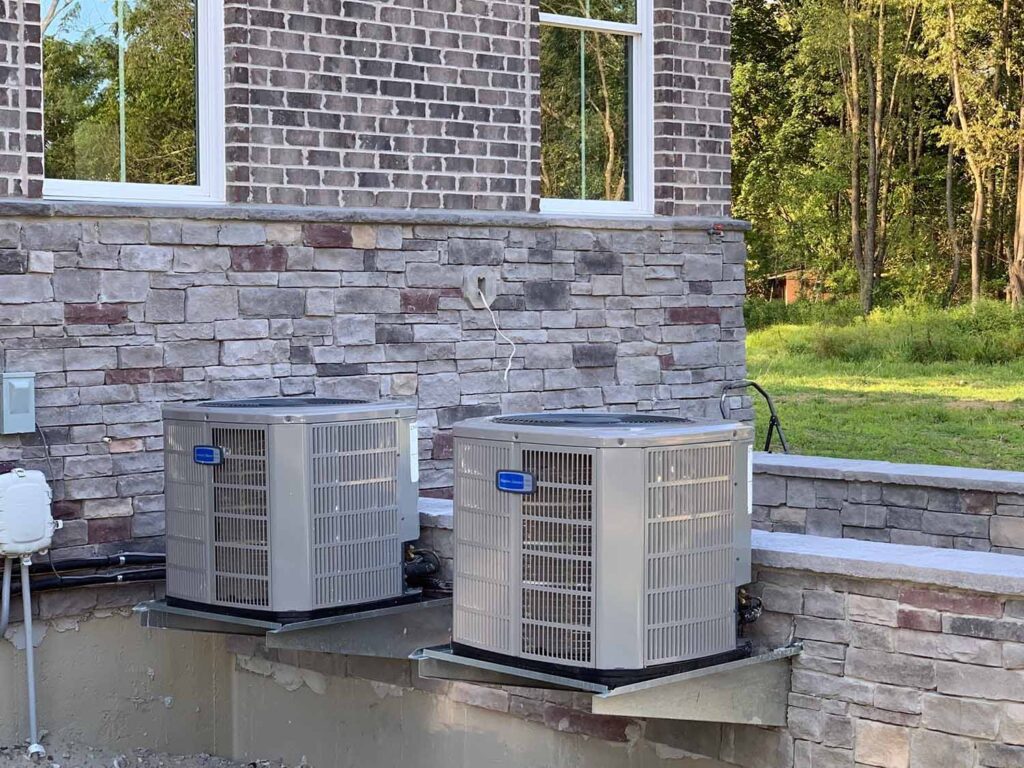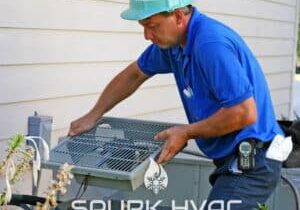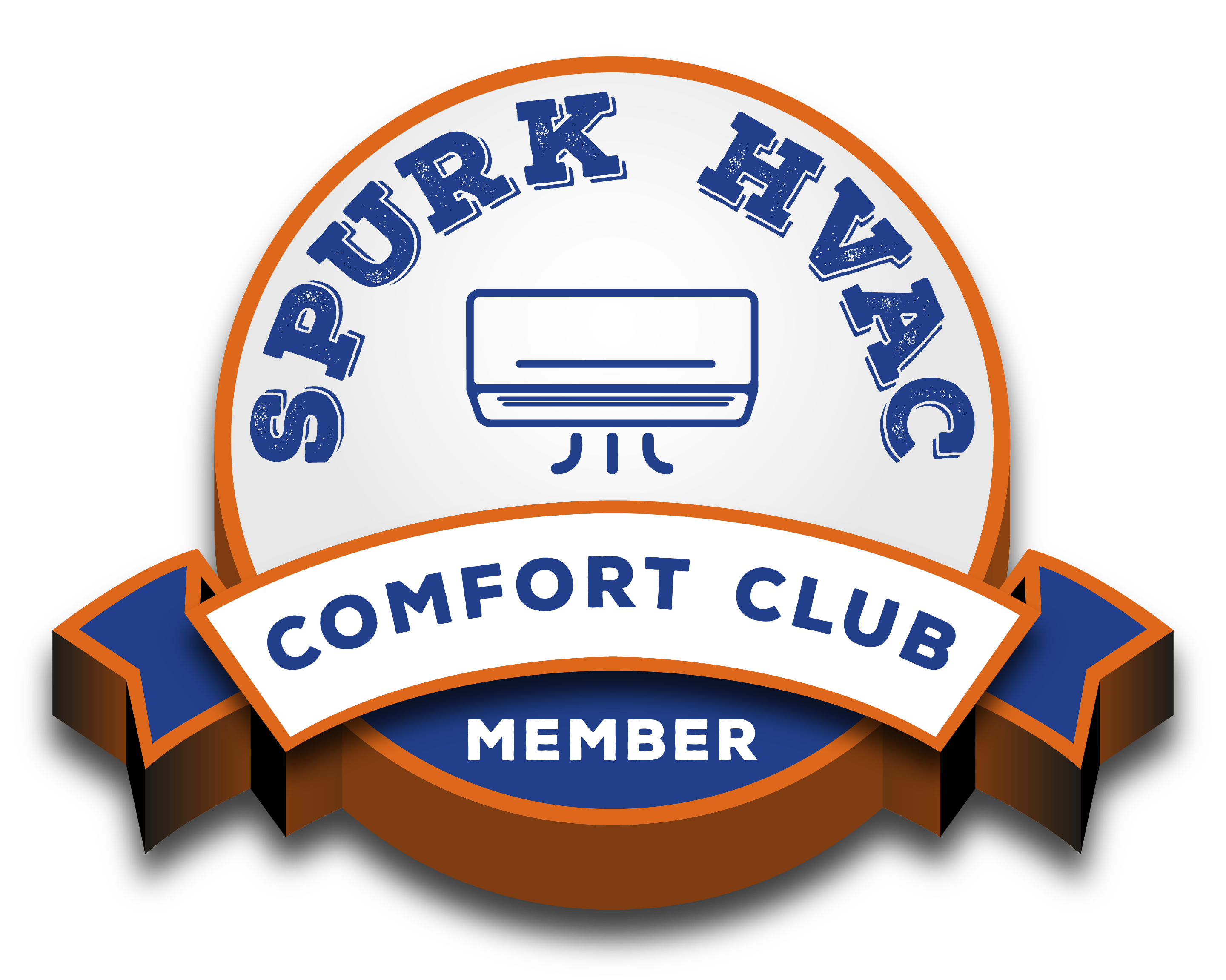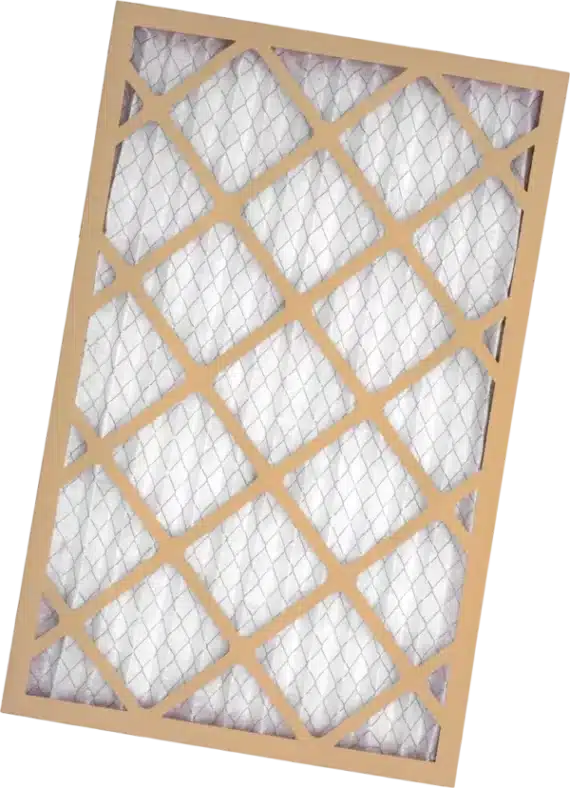This article was originally published on March 30, 2021 and has been updated for 2023.
An HVAC condenser is an important component of your air conditioning unit, and it can pose major problems if it starts to malfunction. In this guide, we explain what an HVAC condenser is and how to avoid the most common problems that can cause your condenser to go haywire.
1. What is an HVAC condenser unit?
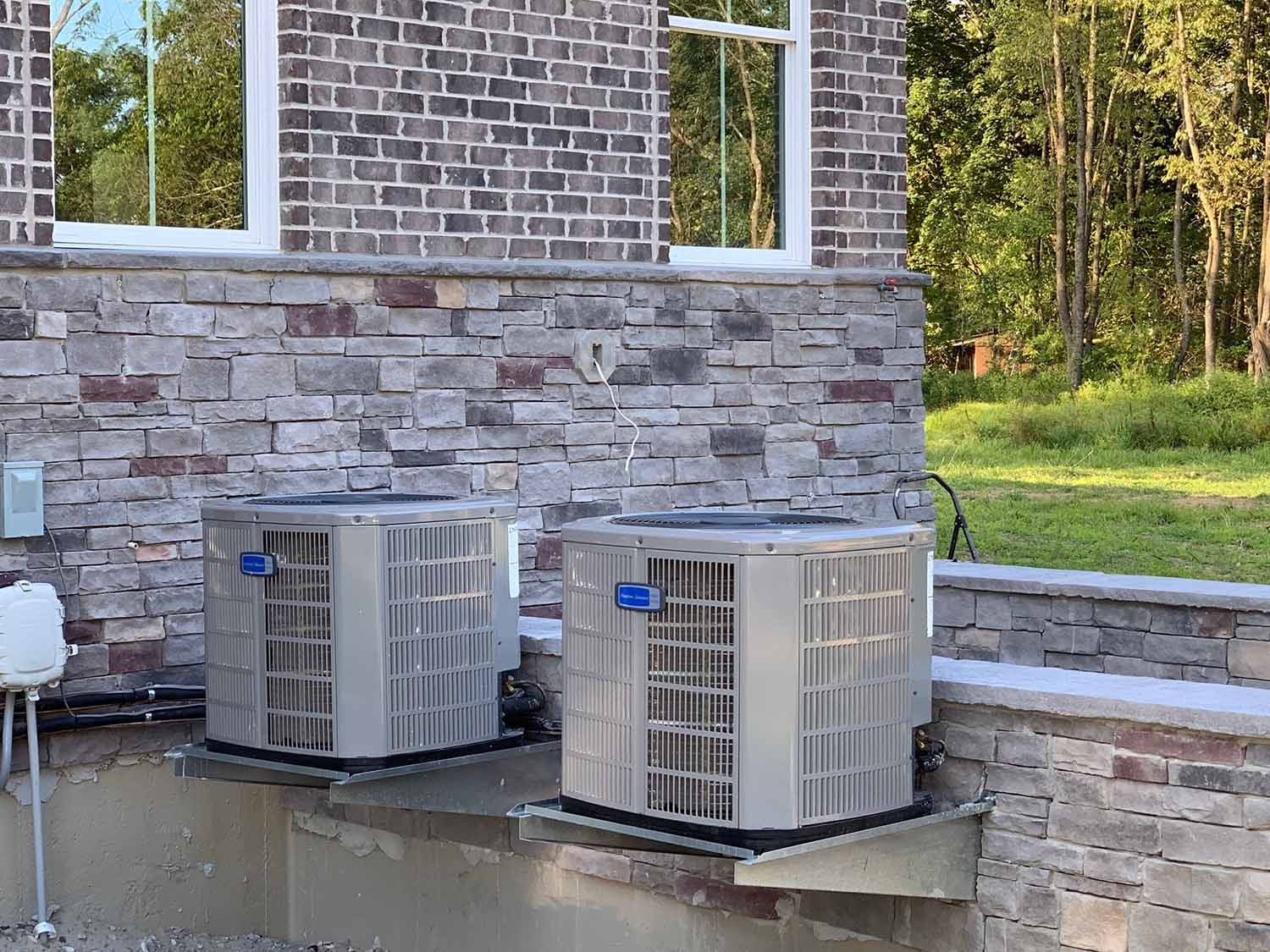
An HVAC condenser unit is a system in your air conditioner that transfers the heat from your home to the air outside. Without it, the heat from your home would have nowhere to go and the temperature inside would be warm.
This is how it works: When your air conditioner is on, warm indoor air from your home is blown over cold evaporator coils in the indoor portion of your system. The refrigerant inside of those coils absorbs the heat from your home’s air and carries it outside to the condenser unit.
The condenser unit has its own fan that blows air over a set of condenser coils that are housed inside of the unit. When air is blown over the coils, the heat from the refrigerant in the coils is transferred to the air outside, which is the final step in releasing heat from your home. The cooled-down refrigerant is then able to go back indoors to absorb more heat.
ProTip: Recurrent repair needs are a strong sign that it may be time to consider a new air conditioning installation. Sometimes various problems can occur, or you may deal with one part of your system breaking over and over again.
2. Common condenser unit problems
a. Blocked airflow
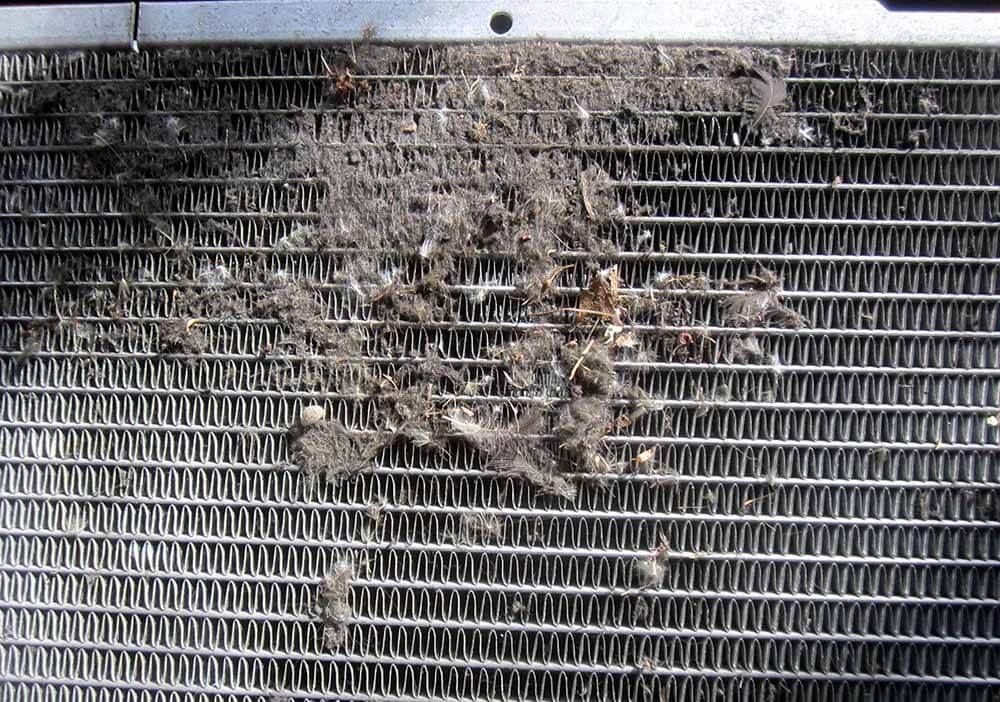
In order to work properly, your condenser unit must have room to breathe. If you have any plants, trees, or other obstructions that are located next to your condenser unit, they will block the airflow and make it more difficult for your unit to blow the right amount of air over the coils.
b. Dirty coils
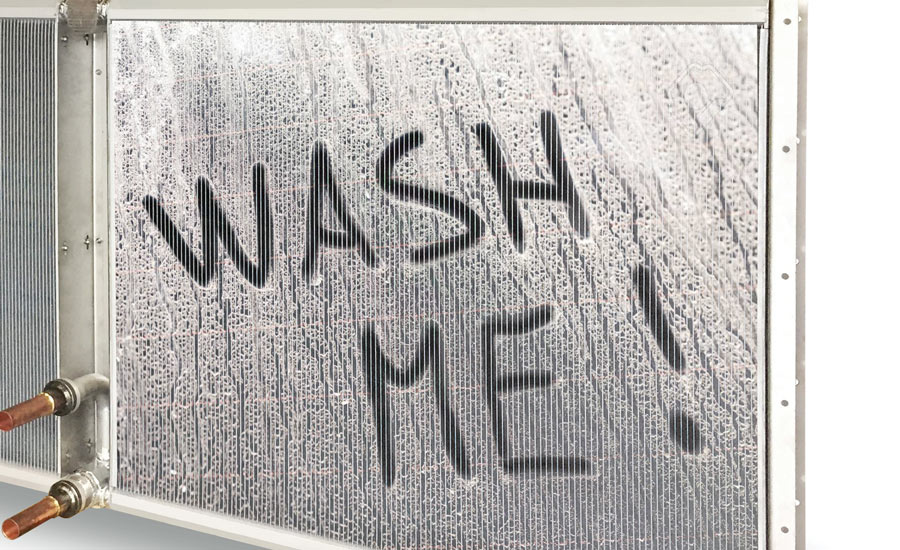
Over time, the dirt and debris that is blown around your condenser unit can build up both inside and out. It is natural for the condenser coils to attract dust and dirt. However, if the dust and dirt aren’t cleaned from the coils at least once a year, these particles can develop a layer that will act as insulation on the coils. This inhibits the heat release of the refrigerant and can create problems with the entire cooling process in your system. This typically causes your air conditioner to deliver warm air to your home.
c. Thermostat Problems
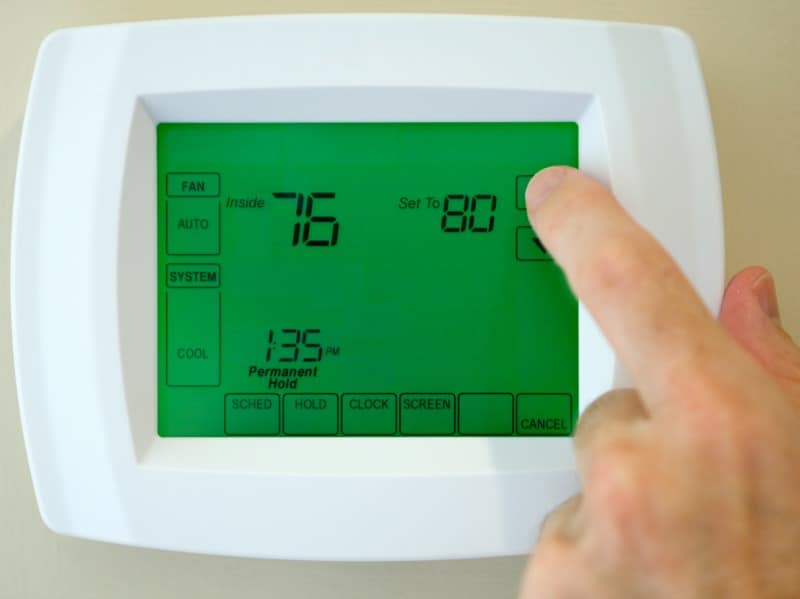
Especially if you still have the old dial-type thermostats, your thermostat could be incorrectly calibrated. This means your air conditioner isn’t getting the right instructions from the control system. This problem is fairly easy to fix by replacing or recalibrating your thermostats. The newer programmable thermostats are sometimes tricky to program and they may be set incorrectly. If you still have the manual, check the instructions to make sure your thermostat’s settings are correct.
d. Fan problems
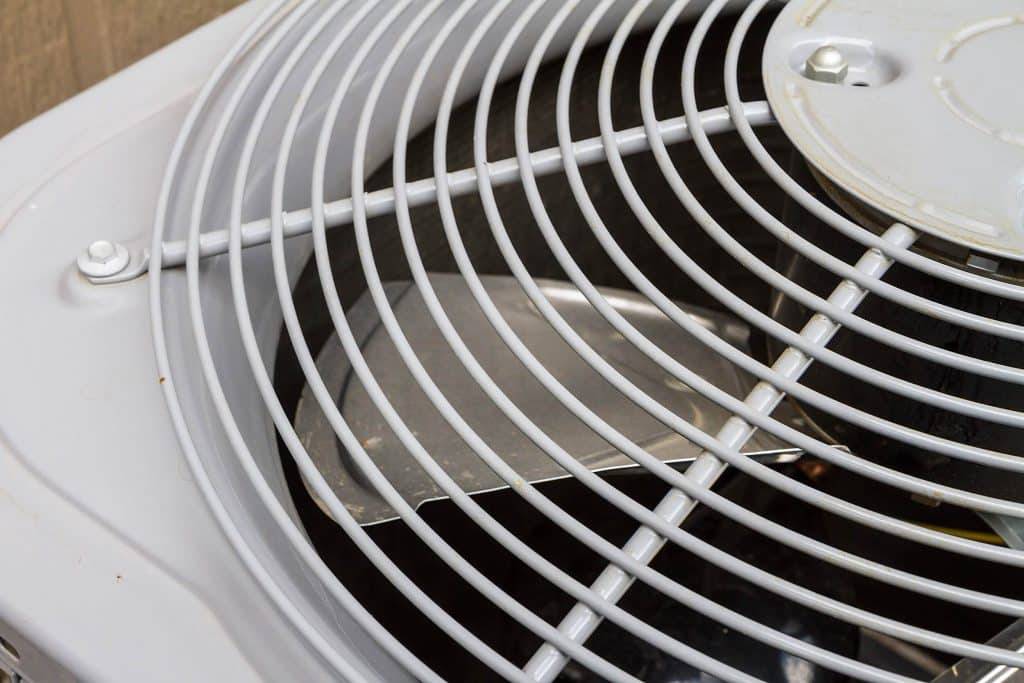
The fan on your outside unit is known as the condenser fan. This fan helps remove the heat released from the condenser coils and blows it outside; it also helps with airflow. Different problems can emerge with a fan, such as a worn fan belt, motor issues, and problems with wiring. All can affect how a fan operates, which can have a direct effect on the heat release process. If the fan isn’t working properly, your air conditioner doesn’t stand a chance of cooling your home effectively.
e. Refrigerant leak
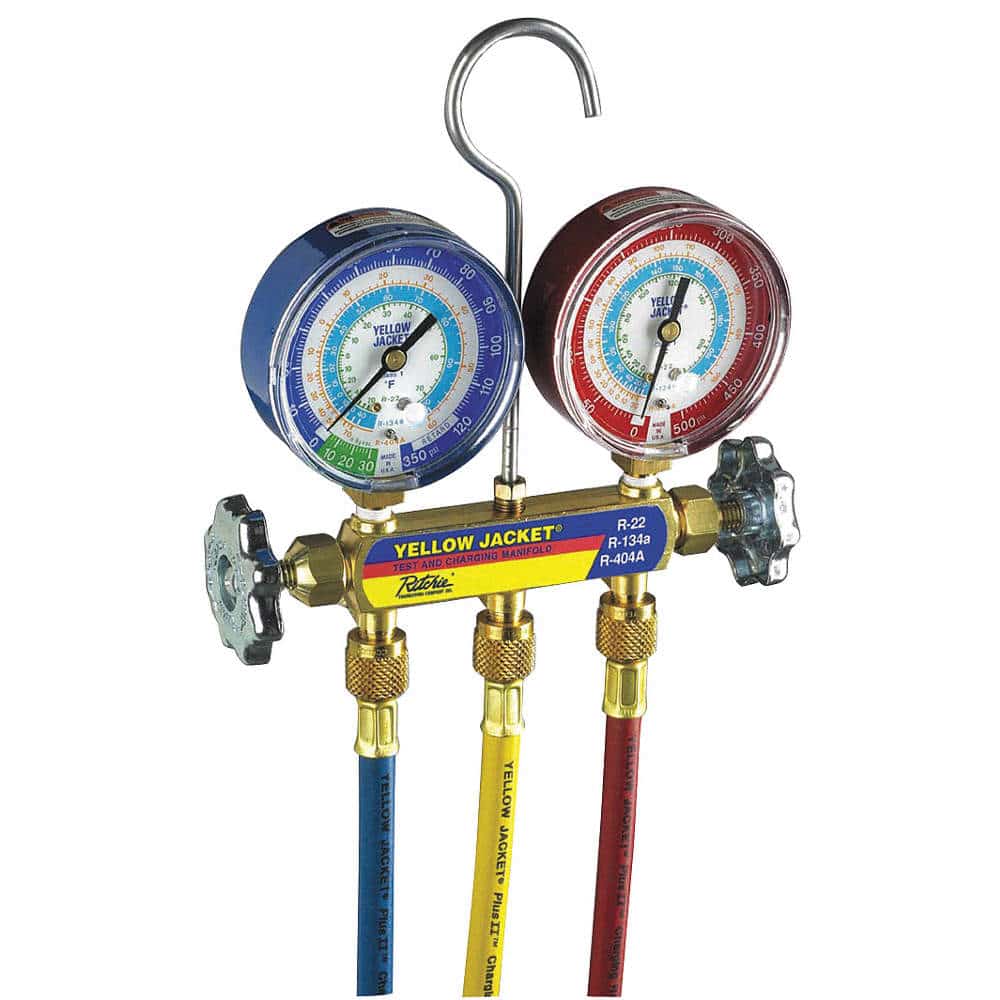
Your units’ refrigerant passes through the narrow tubing of the condenser coils, releasing heat as it makes its way toward the indoor evaporator coils. Leaks can develop in the coils, throwing off the delicate balance of the refrigerant. The refrigerant facilitates the transfer of heat in your system, so if the level is reduced due to a leak, the entire heat release/cooling process can malfunction. Problems that can occur from low refrigerants are warm air blowing, icing, and compressor issues. Leaks need to be repaired in order to restore proper functioning. If your unit needs to be recharged frequently, it’s due to a leak. Read: Recharging your air conditioner: what you need to know.
3. How to avoid condenser unit problems
Although some condenser unit problems are unavoidable, there are certainly some things you can do to help prevent issues from developing. Try following these steps:
a. REPLACE DIRTY AIR FILTERS
Airflow problems that lead to coils freezing are often caused by clogged air filters.
b. INSTALL A PROGRAMMABLE THERMOSTAT & LEARN HOW TO USE IT
Eliminate issues with older control systems by installing new thermostats, which are more precise and save energy. You can even get thermostats that can be controlled remotely using your smartphone or tablet.
c. CLEAR BRUSH AND DEBRIS FROM AROUND THE OUTDOOR UNIT
When the condenser and outdoor fan unit get clogged with leaves, trash, and dirt, the unit can’t expel heat as effectively.
d. DON’T NEGLECT REGULAR MAINTENANCE.
Virtually all of the most common causes of air conditioner problems can be easily prevented with regular maintenance. Consider a planned maintenance membership with Spurk HVAC. Our trained technicians will come in to inspect and tune up your system each spring before starting it up for the first time. It’s relatively inexpensive, and you’ll save yourself from having to make that emergency call when the AC stops working on the hottest day of the year.
Book Your Service Now!
ABOUT SPURK HVAC
Spurk HVAC was formed in 2018 and is located in Warrendale, Pennsylvania. We proudly serve Cranberry Twp., Wexford, Gibsonia, Mars, and the surrounding Greater Pittsburgh area.
We service all makes and models. If you are seeking a heating repair, heating system replacement, air conditioner repair, air conditioning maintenance, air conditioning replacement, or any other heating & cooling services. Whether you are looking for residential or commercial HVAC services, we look forward to any and all opportunities to become your preferred HVAC contractor.



